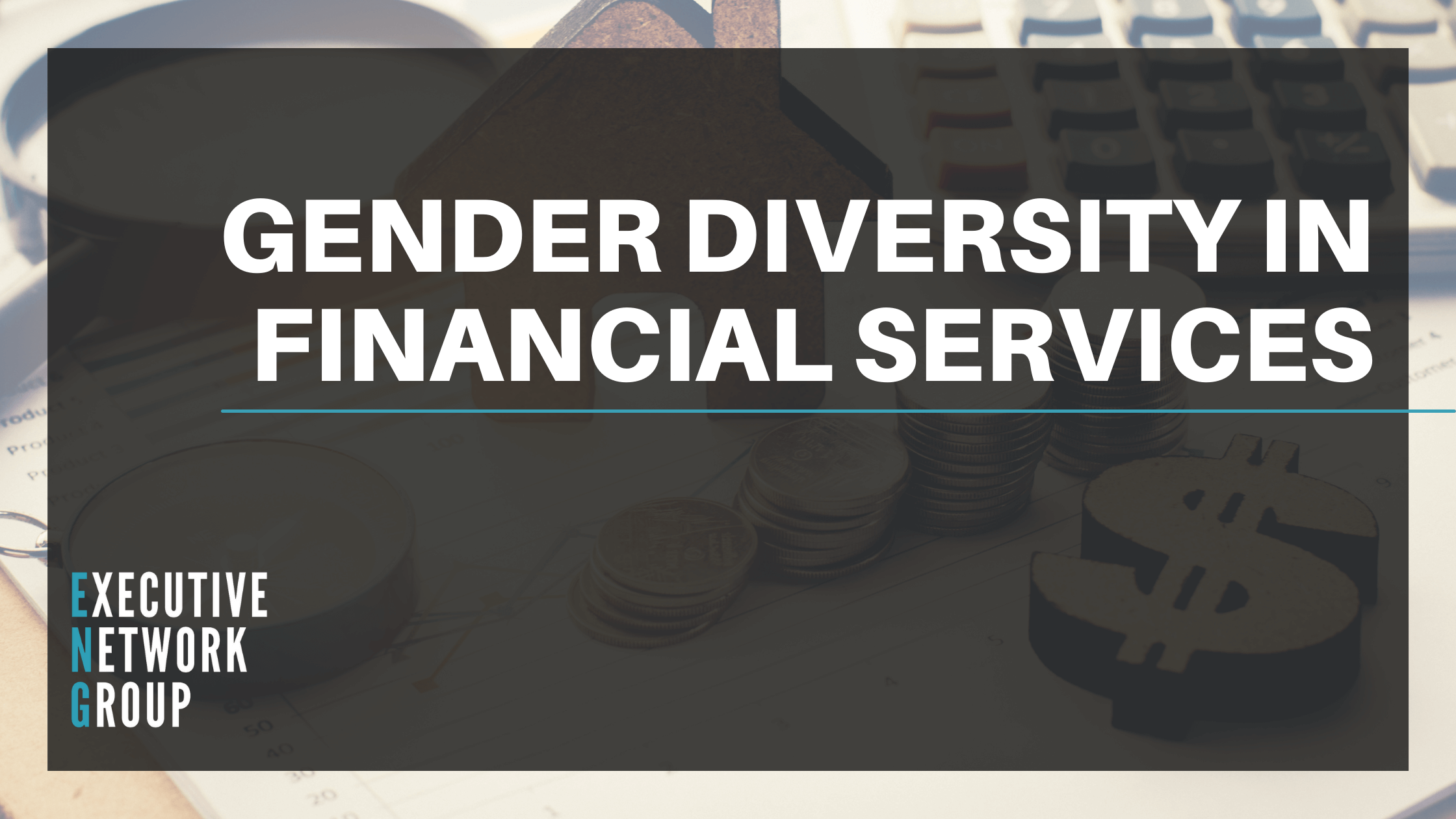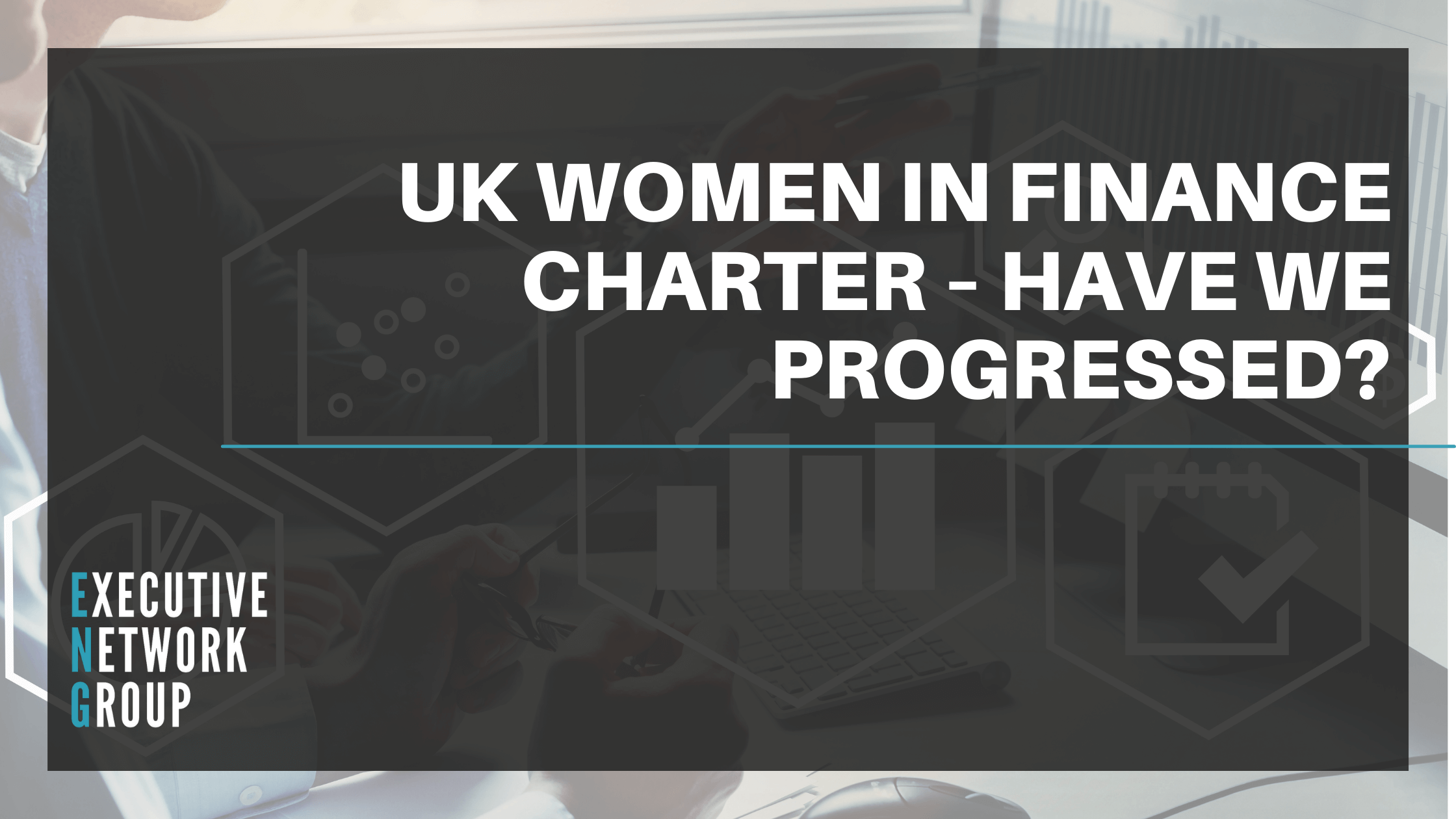Gender Diversity in Financial Services
.png)
Gender diversity in Financial Services
New research that has analysed workforce data from the FTSE 350 financial services companies has uncovered some interesting trends regarding gender diversity and inclusion. We wanted to highlight the recent signs of progress as well as emphasise why we are still way off getting rid of gender inequality.
Reasons to celebrate…
Recent research has identified promising signs of progress for gender diversity and inclusion in the financial services industry. Most notably, as of February 2021, there now aren’t any FTSE 350 companies with an all-male board. According to analysis of BoardEx figures by The 30% Club, there was at least one woman on every company board among the top 350 companies listed in the UK. This has been marked as a ‘gender equality milestone’, and Ann Cairns, global chair of The 30% Club, has described this news as “cause for celebration”.
That said, all-male boards had briefly disappeared in May 2020, before returning only a month later. Therefore, these businesses need to ensure that this time around, they are gone for good by maintaining and continuing to increase female representation at board level.
Another cause for celebration can be seen in the newly published report by the government-backed FTSE Women Leaders Review, which monitors women’s representation in 24,000 positions on FTSE 350 Boards and in leadership teams of the UK’s biggest companies, building on the success of the previous Hampton-Alexander and Davies Reviews. The UK has climbed to second in the international rankings for women’s representation on boards at FTSE 100 level, with new data (February 2022) showing nearly 40% of UK FTSE 100 board positions are now held by women, compared with 12.5% just 10 years ago. The findings demonstrate a major change in attitudes to getting women leaders to the top table of business in the UK, with women’s board representation increasing in 2021 across the FTSE 100 (39.1%), FTSE 250 (36.8%), and FTSE 350 (37.6%).
This news comes hand-in-hand with the annual Women in Finance Charter. The number of financial services companies pledging to increase their female representation has increased year on year. The Charter now has more than 400 signatories covering 950,000 employees across the sector. This has been a significant step forward in the proportion of women on both boards and executive committees over the past five years across all financial services sectors. Excos have increased from 14% in 2016 to 22% on average today, while boards have increased from 23% to 32%. The increase for excos is nearly 60%, for boards, it is nearly 40%.
Targets have been the most impactful of the four Charter principles and have overhauled how companies approach improving diversity. Despite having the flexibility to choose their own targets, more than 60% of signatories have a target of at least 33% women in senior management, and nearly 40% have a target of at least 40%.
We believe that each of these steps towards gender equality in the financial service industry should be recognised and celebrated. Closing the gender gap isn’t something that will just happen. It has to be carefully orchestrated and people must be consistently committed to delivering results.
That said, there is still a long way to go…
Although at face value, getting rid of all-male boards and having an average of 38% of board positions held by women may seem like gender equality is within our grasp, when we dig a little deeper the cracks begin to show.
The number of women in FTSE 350 Chair and SID roles has increased every year since 2016, with that being said women currently occupy only 14% of Chair roles and 32% of the Senior Independent Director roles. Women in the Chief Executive role remain few and far between, with virtually no progress in a decade. The number of women Financial Directors currently stands at 18%, and has likewise made little progress.
At ENG we feel passionate about diversity, that’s why it is at the core of our recruitment strategy. To find out how we implement a data-driven recruitment approach inclusive of diversity talent analytics, take a look at our website.
If you would like to read any of the reports mentioned in this blog in more detail they are all linked below:
The 30% Club: https://30percentclub.org/press-releases/view/30-club-exclusive-all-male-boards-disappear-across-ftse-350
The Women in Finance Charter Five Year review: https://assets.publishing.service.gov.uk/government/uploads/system/uploads/attachment_data/file/1004207/2021.07_WIFC_-_Five_year_review_.pdfhttps://ftsewomenleaders.com/wp-content/uploads/2022/02/2021-FTSE-Women-Leaders-Review-Final-Report.pdf

